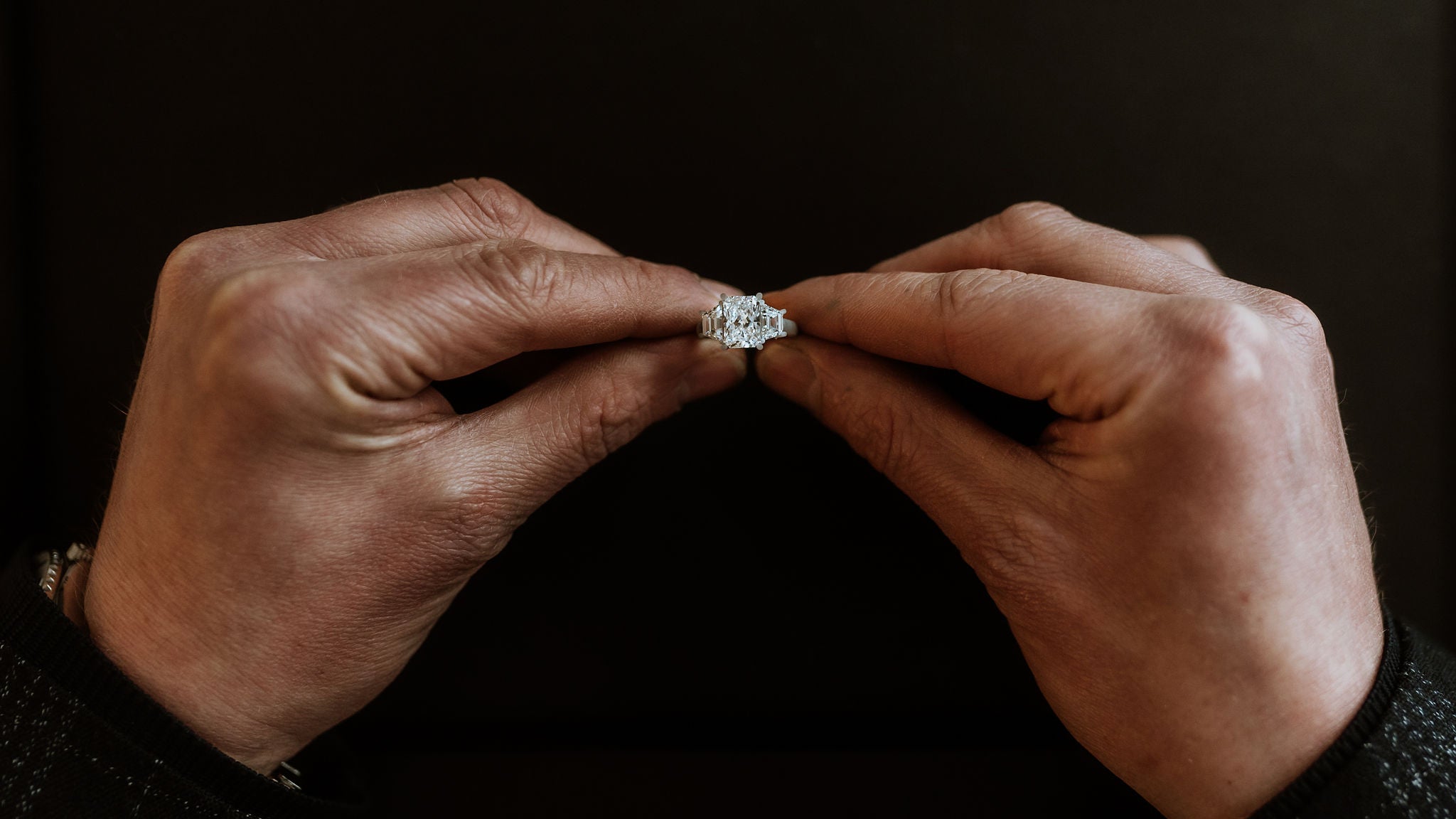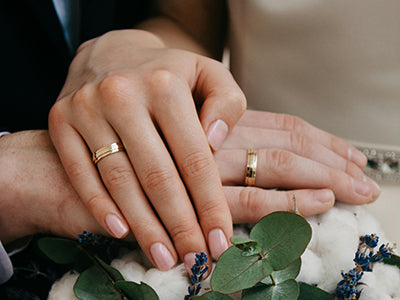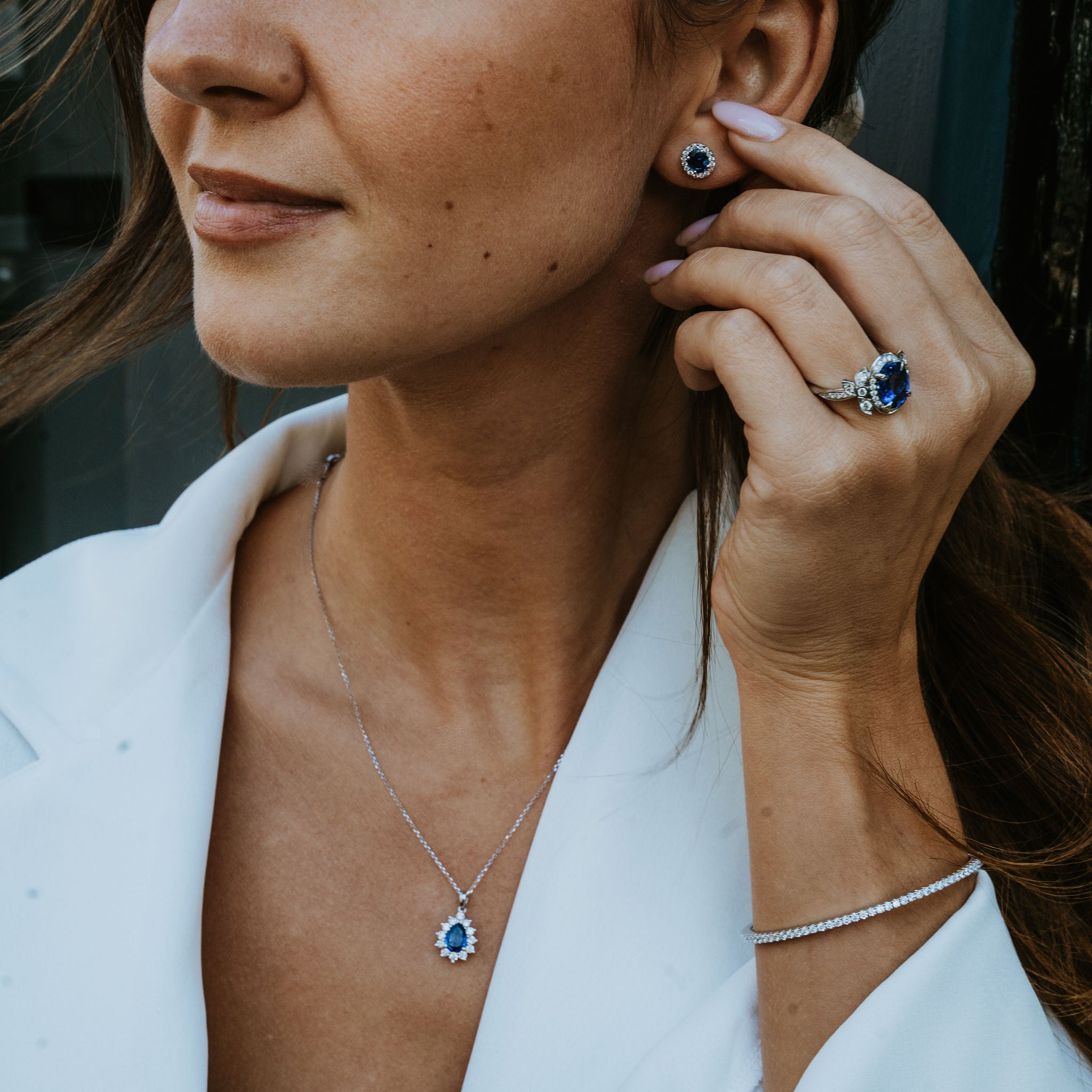 The world of gemstone jewellery is usually divided into two categories: precious and semi-precious. Only four stones fall into the first category: diamonds, rubies, sapphires and emeralds. The rest, from garnets to jade, opals to topaz, are classed as semi-precious.
The world of gemstone jewellery is usually divided into two categories: precious and semi-precious. Only four stones fall into the first category: diamonds, rubies, sapphires and emeralds. The rest, from garnets to jade, opals to topaz, are classed as semi-precious.
However, this distinction does hide a practical issue that can be very important for anyone who wants an item of jewellery, either off-the-shelf or bespoke, that includes a particular stone.
The harder the stone is, the less prone to scratches, chips, fractures or blemishes. This is an important consideration if it is to be worn daily, as an engagement or wedding ring will be.
An Issue Of Hardness
In the case of precious stones, this issue marks out emeralds as an exception. The Mohs hardness scale has diamonds at the top, classed as a 10. This is simply because, as pure carbon, diamond is the hardest material on Earth, so nothing will scratch it. Rubies and sapphires, which are both varieties of corundum, are next at 9.
Emeralds, however, come lower down the scale at 7.5-8. The Mohs Scale is not linear but an upward curve; an emerald is nowhere near three-quarters of the hardness of a diamond. This means that, while still not easy to scratch, it is noticeably easier to chip than the other three precious gems.
The standard advice is not to choose an emerald as a stone for everyday use and, indeed, most engagement and wedding rings do not feature them. There are exceptions (Megan Fox had an emerald and a diamond pair in her engagement ring), but these are certainly not the rule.
Finding A Solution
However, if green is your colour, you may be so keen to have it on your ring that you will want to find a way around the problem of the relative softness of emeralds.
A novel solution is to find a green diamond or a green fancy sapphire. These do exist and would offer a harder alternative, although they can be harder to come by and do not quite have the same deep, rich green hue of an emerald. There are also many green semi-precious stones, but most of these, like a tourmaline, are lower on the Mohs scale.
The alternative is to have a bespoke ring designed in a specific way to give an emerald extra protection, minimising the risks of damage.
Among the options for this is a bezel setting. This involves setting the jewel in a cup with a metal rim that is set slightly higher than the emerald’s edge, so the metal takes any impact that might otherwise chip the edge of the gem.
A halo setting is another great option, one that can be used for lots of different gems, but can work for an emerald as well. This involves one main stone (in this case, the large emerald) being ringed by a series of much smaller and harder stones, such as diamonds.
Another option is a tension setting, where the gem appears to be floating within the band. This is a more minimalist approach, so it offers a different aesthetic to the bezel.
Be Clever With A Claw
The claw option is a more maximalist setting. This involves prongs that grip the emerald and also provide an element of protection against impacts. This also has one advantage that the alternatives do not, in allowing the lower sides of the gem to be visible and exposed to the light, so that the colour can be emphasised and enhanced from more angles as a result.
A claw grip like this can be designed to fit with different shapes of emerald, whether it is circular, elongated, or even a traditional emerald cut (originally invented to protect emeralds from damage, but is now a popular style for diamonds, to which it usually refers).
All of these options can help minimise the exposure of your emerald and make it a more viable option as a ring for everyday wear.
Emerald Maintenance
However, it is still important to note that the gem will not be invulnerable to damage, just less likely to suffer it. In addition, a common feature of emeralds is that they have small blemishes called inclusions. These can add character to a gem, but are often treated before being used in jewellery.
Emeralds are also commonly oil-treated and may need this done again after a few years to restore the shine.
What this means is that they are comparatively high maintenance when set against diamonds, rubies and sapphires, but not onerously so.
Therefore, it could be that with the right bespoke design, you can indeed include an emerald in your engagement or wedding ring.





